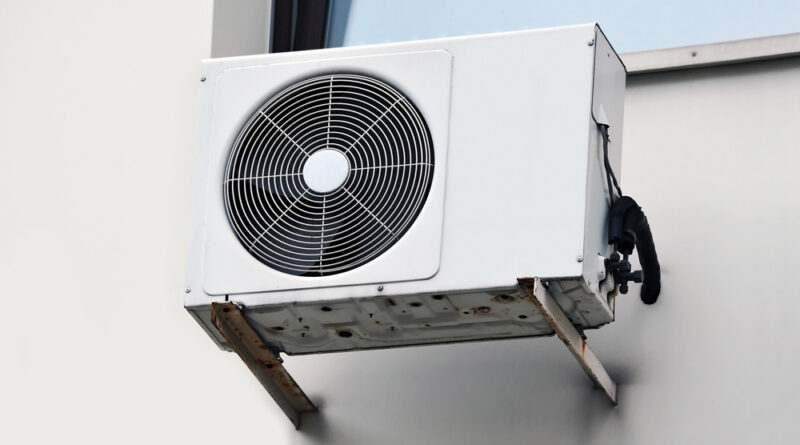Heat pumps have become increasingly popular as an energy-efficient heating and cooling solution. The market offers several types of these devices, each designed to meet different needs and installation conditions. From air-source to ground-source systems, you’ll find various options that can help reduce your energy bills while maintaining comfortable indoor temperatures. Let me guide you through the available market options to help you understand which solution might work best for your situation.
Spis treści:
Types of Heat Pumps Available
The market primarily offers three main categories of heat pumps. Air-source heat pumps remain the most common choice, extracting heat from outdoor air and transferring it inside your home. Ground-source (geothermal) heat pumps utilize underground temperature stability, offering higher efficiency but requiring more extensive installation. Water-source heat pumps, while less common, provide excellent efficiency when you have access to a water source like a pond or well. Each type comes with its unique advantages and considerations that I’ll explore in detail.
Air-Source Heat Pumps
Air-source heat pumps represent the most widely adopted solution, primarily due to their relatively straightforward installation and lower initial costs. These systems come in two main variants: ducted systems that work with your existing ductwork and ductless mini-splits that provide zone heating and cooling. Modern air-source units can operate efficiently even in cold climates, with some models maintaining effectiveness at temperatures as low as -15°F (-26°C). You’ll find these particularly suitable for moderate climates, where they can reduce heating costs by 50% compared to electric resistance heating.
Ground-Source Heat Pumps
Ground-source systems, while requiring higher upfront investment, offer the most efficient heating and cooling solution available. These systems use the earth’s constant underground temperature, typically installing pipes either horizontally or vertically in your property. You can expect 300-600% efficiency, meaning for every unit of electricity used, the system provides 3-6 units of heating or cooling. While installation costs can range from $10,000 to $30,000, the long-term energy savings and federal tax incentives can make this option financially attractive over time.
Water-Source Heat Pumps
For properties with access to water bodies, water-source heat pumps present an excellent option. These systems use water from lakes, ponds, or wells as their heat exchange medium. You’ll find them particularly efficient because water maintains more stable temperatures than air throughout the year. Installation requires proper water rights and environmental permissions, but operating costs typically fall between those of air-source and ground-source systems. These units work best in locations where water temperatures stay above 40°F (4°C) year-round.
Cost Considerations
Initial installation costs vary significantly among different heat pump types. Air-source systems typically range from $4,500 to $8,000 for a single zone, while multi-zone systems can reach $15,000. Ground-source systems represent the highest upfront investment but offer the lowest operating costs. Water-source systems usually fall between these two options. Remember to factor in available tax incentives and rebates, which can significantly reduce your initial investment. Annual operating costs depend on your local climate and energy prices, but you can expect significant savings compared to traditional heating methods.
Maintenance Requirements
Regular maintenance ensures optimal performance and longevity of your heat pump system. You should schedule professional maintenance annually, typically costing between $150-$300 per visit. Basic maintenance tasks include cleaning or replacing filters every 1-3 months, keeping outdoor units clear of debris, and ensuring proper airflow around both indoor and outdoor components. Ground-source systems generally require less maintenance than air-source units due to their protected underground components, while water-source systems may need additional water quality monitoring.
